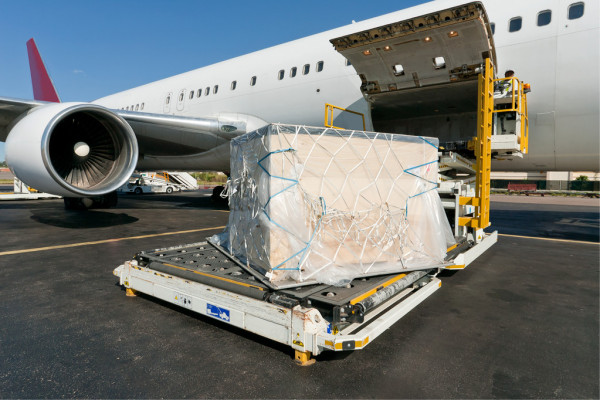On July 1, 2020, a new trade agreement between the United States, Mexico, and Canada will replace the 25-year-old North American Trade Agreement (NAFTA). On January 29, 2020, President Donald Trump signed the U.S.-Mexico-Canada Agreement (USMCA), a bipartisan agreement that has been ratified by Mexico and Canada. Each country has its own name for it:
Mihlfeld & Associates
Recent Posts
The USMCA is Here: What You Need to Know

Air Freight - June 17, 2020

Air Freight Rates: China and North America
Topics: Insider, Continuous Improvement, 3PL, COVID-19, Economy
Ocean Freight - June 3, 2020

Ocean rates were stable this past week, kept up by tightened capacity to meet the low demand. Some carriers announced they were reinstating a small number of sailings from Asia to the US in June, and others announced increased rates to Europe from Asia. This may be partly due to carriers overestimating how low demand would fall, but there are also signs of increases in bookings. Some forwarders report a muted seasonal-driven uptick in US orders, while some indicators suggest supply chain activity is picking up in Europe as many countries ease restrictions. Shipments out of South East Asia indicate that while China has regained its pre-COVID-19 level of interest, it is no longer as dominant as it was last year, with its share dropping 5 percentage points to 90%. China-US West Coast prices (FBX01 Daily) down by 2% since last week to $1636/FEU. Rates are 32% higher than rates in 2019 at this time. On a positive note China-US East Coast prices (FBX03 Daily) are just 1% lower than last week, reaching $2578/FEU, and are even with rates for this week last year. However, Shanghai Containerized Freight Index spot price per 40-foot equivalent unit for transport to the U.S. West Coast recently reached $2,097 last week, up 25% from the week before to the highest price this year.
Topics: Insider, Freight Rates, COVID-19, Economy
FMCSA Regulations Are Changing; Price Changes to Follow?

Hours of Service (HOS) Regulations have been lauded by some as pivotal to roadway safety and loathed by others who feel they are heavy-handed. The Federal Motor Carrier Safety Administration (FMCSA) operates under the authority of the United States Department of Transportation (US DOT). The current hours of service regulations have been in effect since 2012 and are now being eased in some areas to give commercial drivers a little more flexibility in how they use their on-duty hours and off-duty hours. The proposed changes are expected to become the new law of the land in September of this year (just in time for the 4th quarter economic rebound everyone is hoping for).
Industry Updates – May 6, 2020

Non-essential businesses are resuming operations in at least 24 states in May. While the argument remains on whether it is too soon or not, it is none too soon for the trucking industry. April saw historic lows in the Load-to-Truck ratio and with restaurants nationwide not operating fully, or at all, as produce season isn’t bringing the boon many hoped. However, there is opportunity for a small uptick in May, the only question remaining is if some predictive models are correct, does reopening non-essential businesses too early just make things worse further down the road. Even with some economies beginning to reopen, second quarter predictions are still down by double digits with most hoping for a rebound by the end of the 3rd quarter and expecting it by the end of the year. The biggest factor in rebounding the economy is consumer confidence and a vaccine cannot come quickly enough to instill that level of confidence.
Topics: Insider, Logistics Management, Shipping, COVID-19


.png?width=770&name=baby%20truck%20(1).png)

